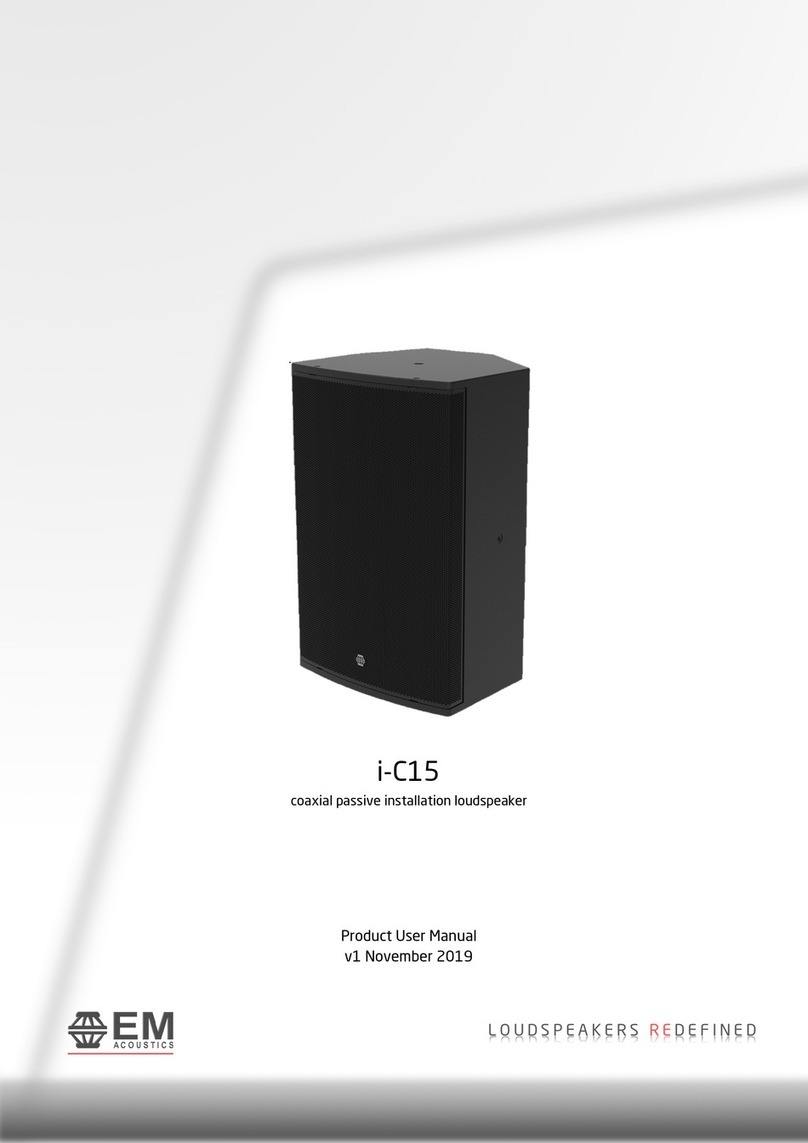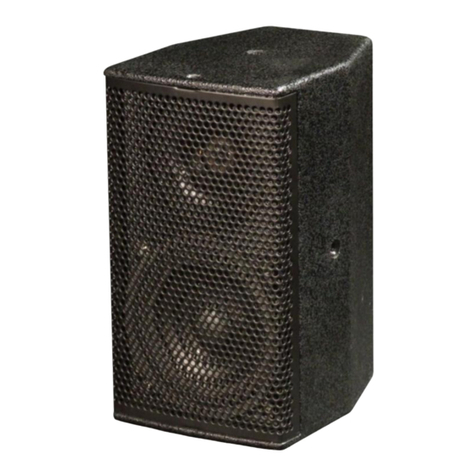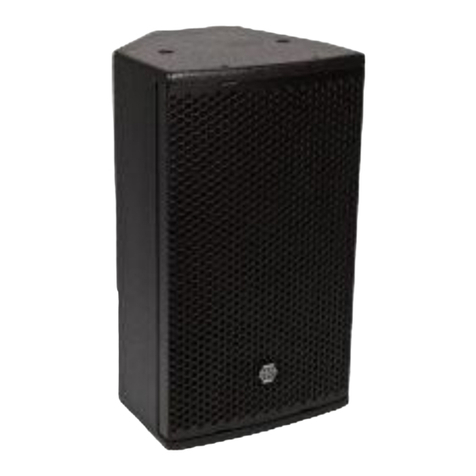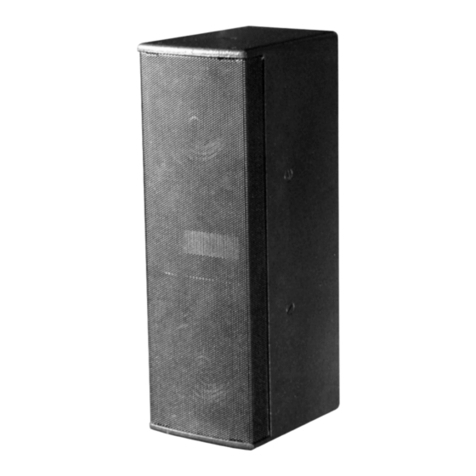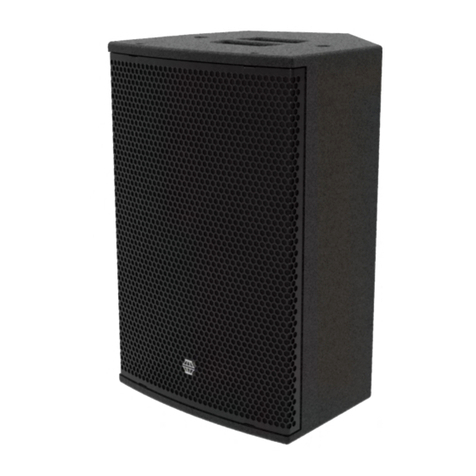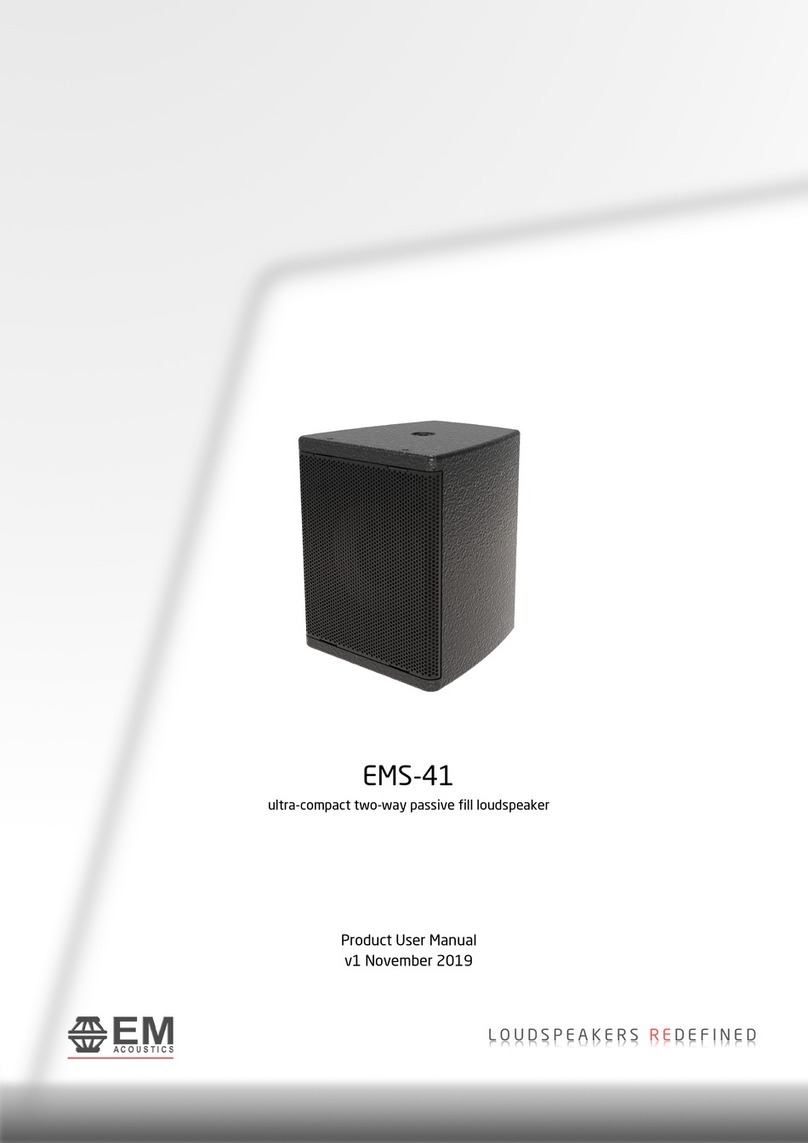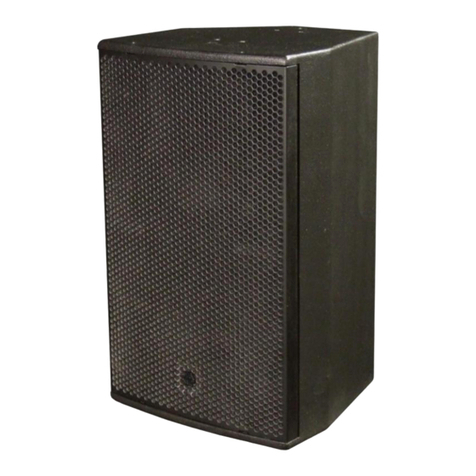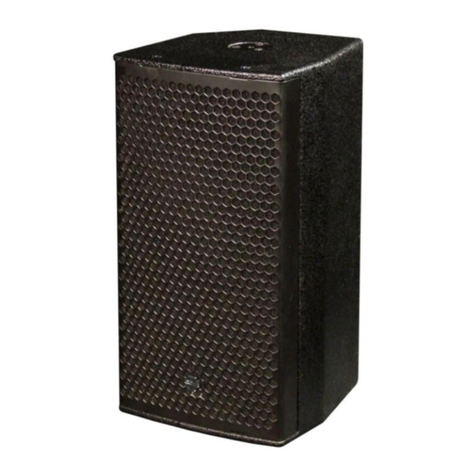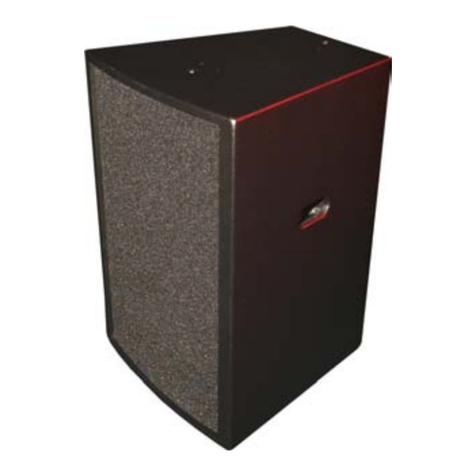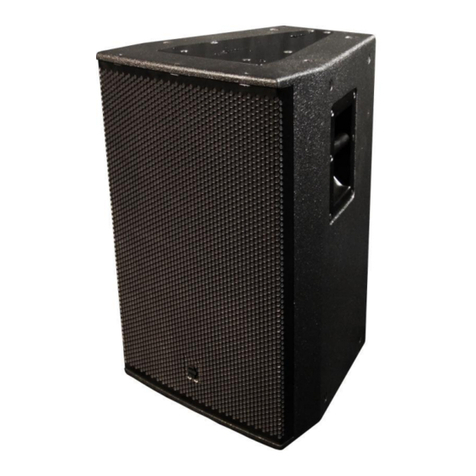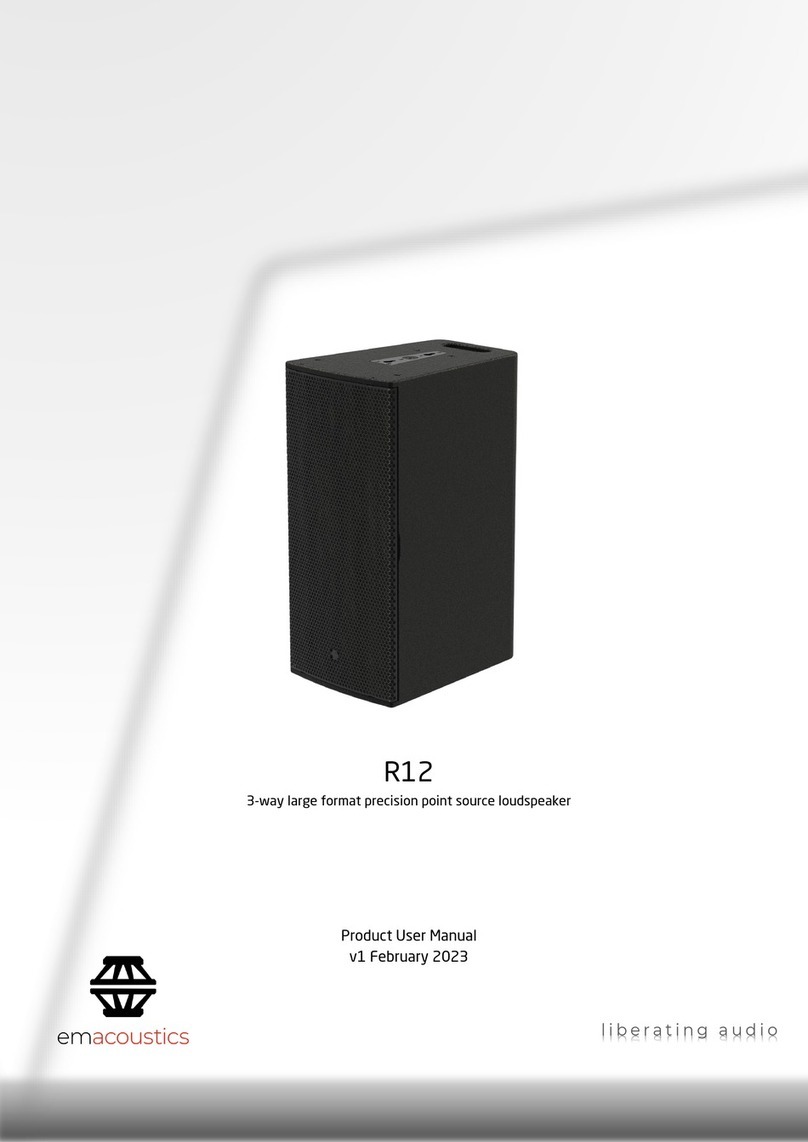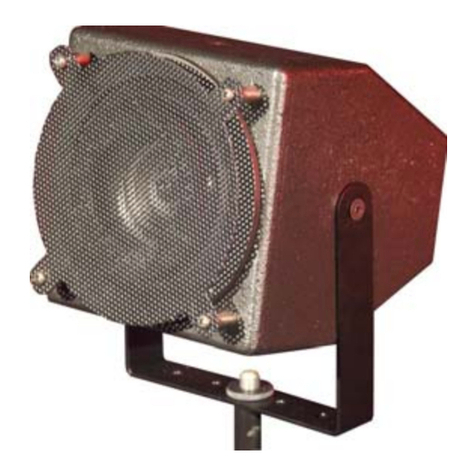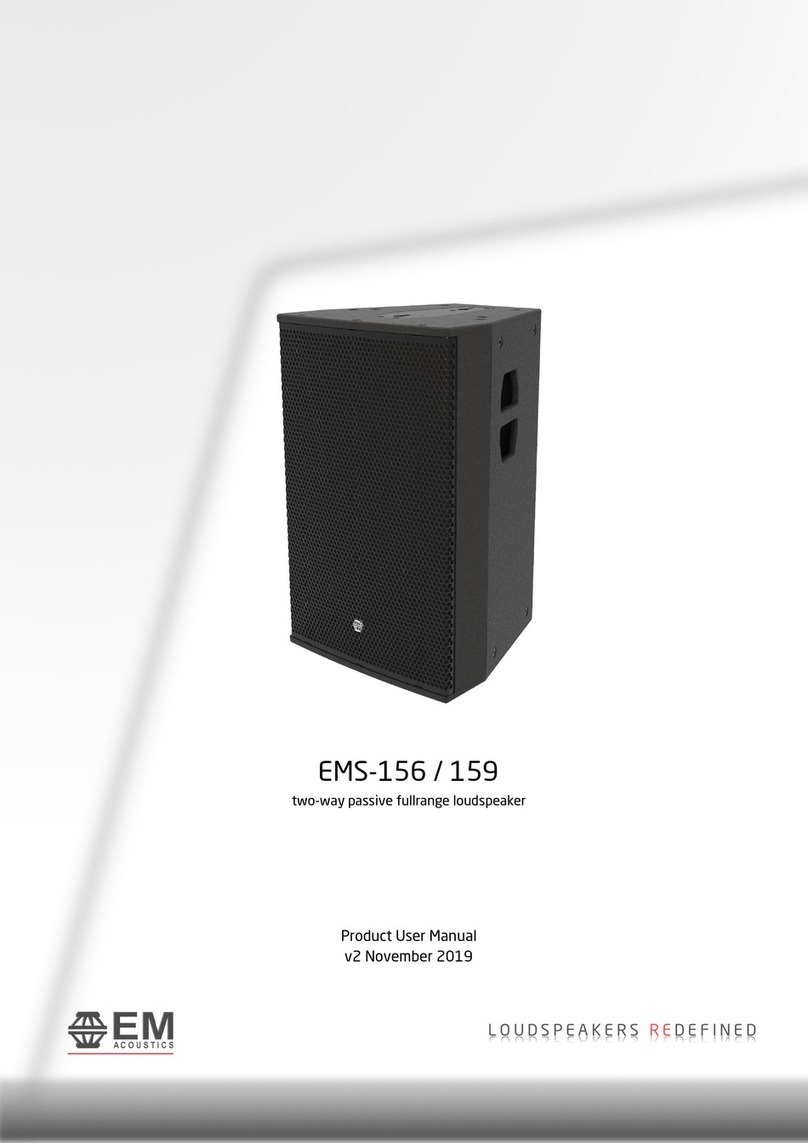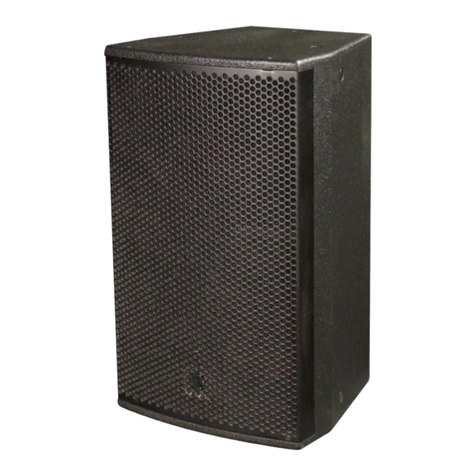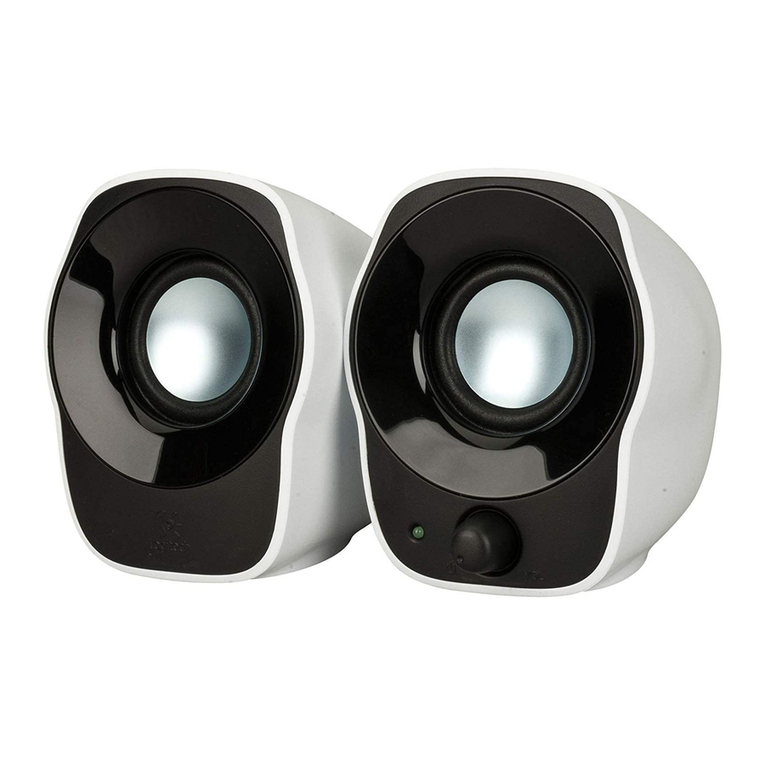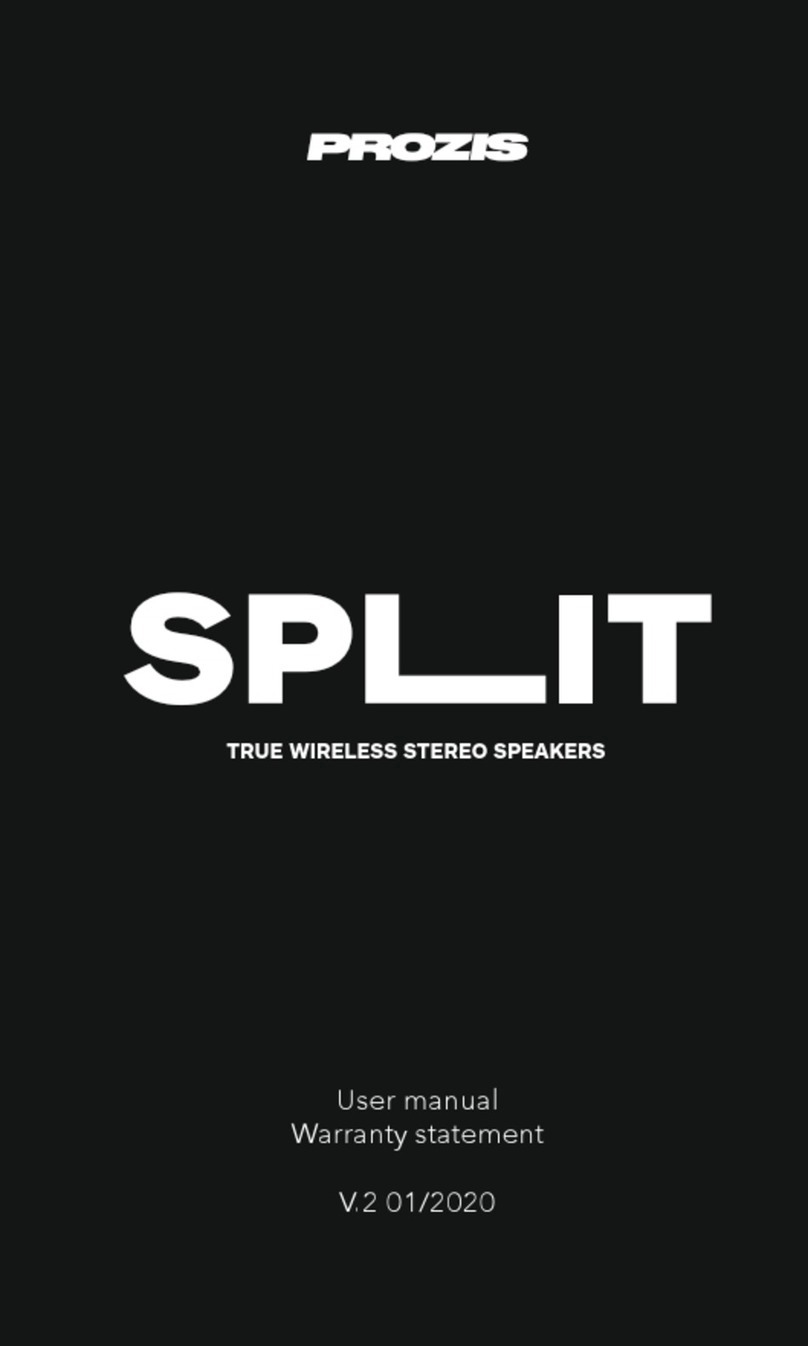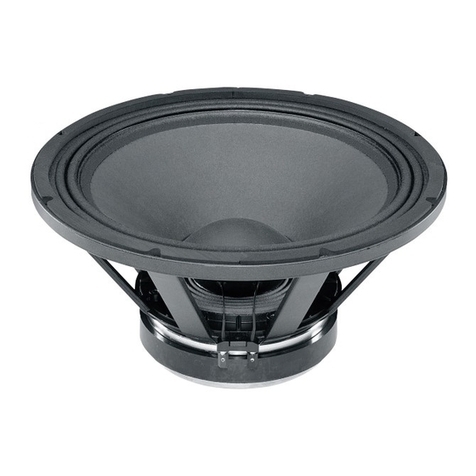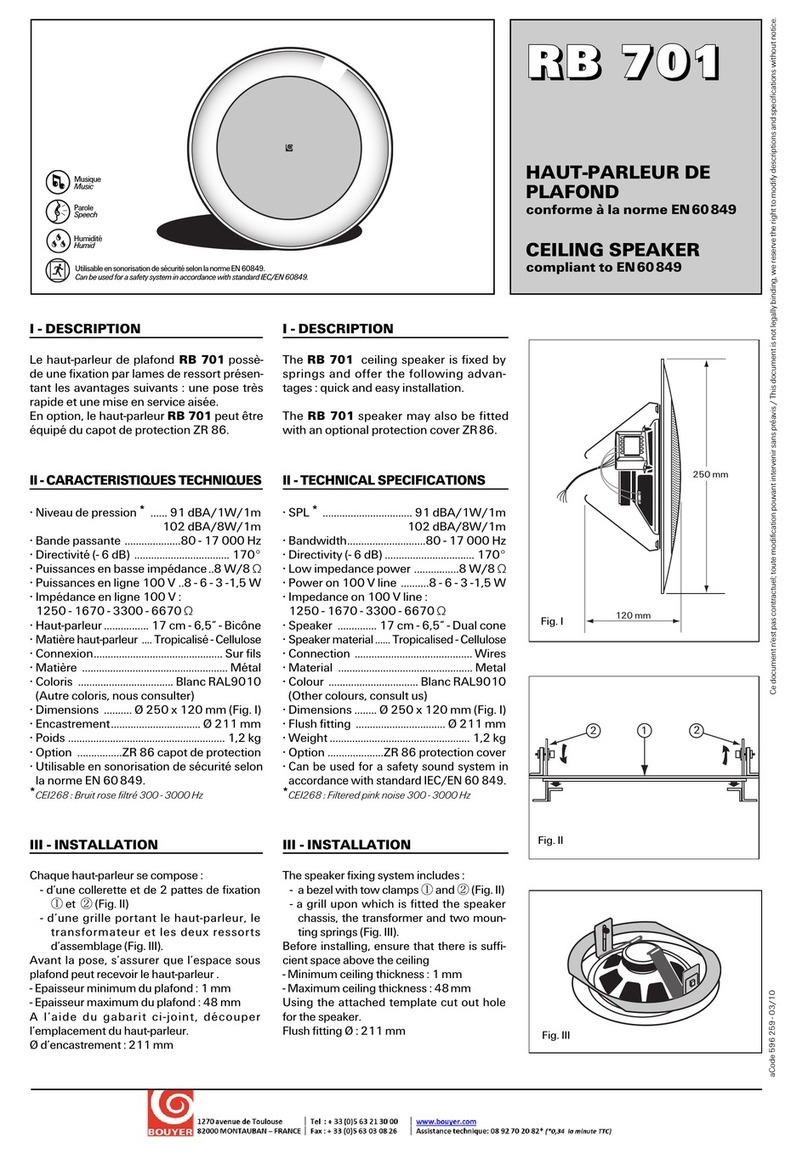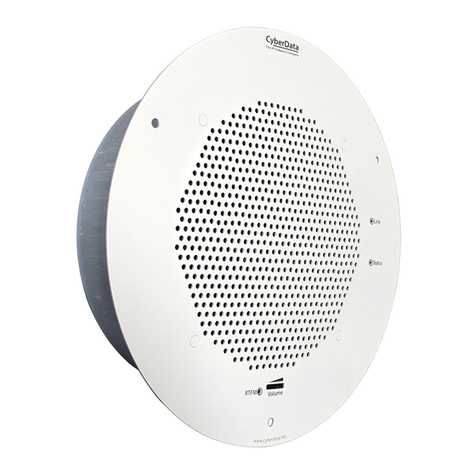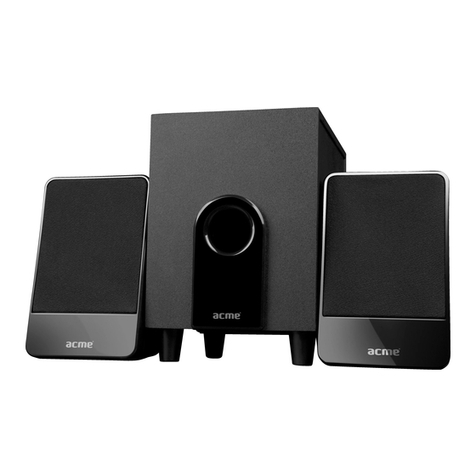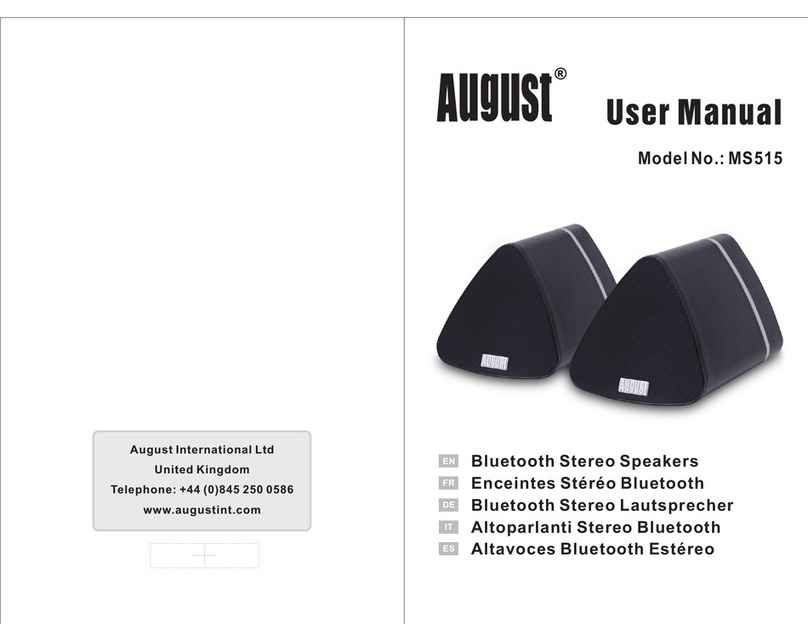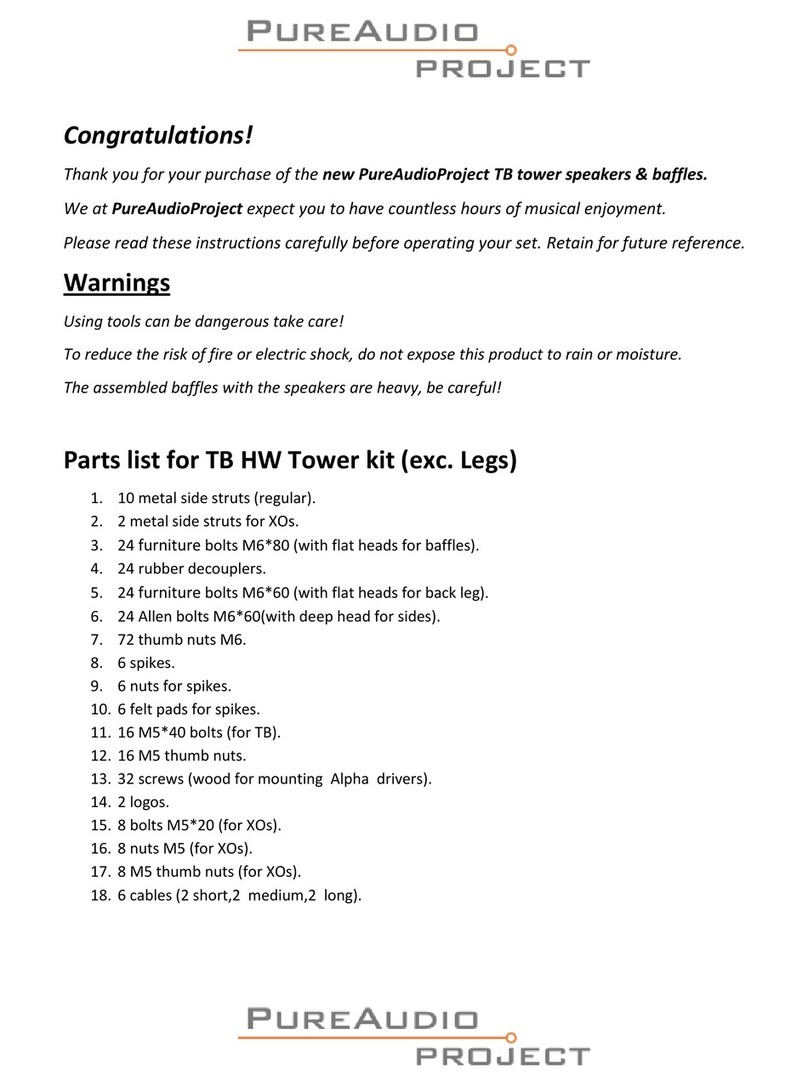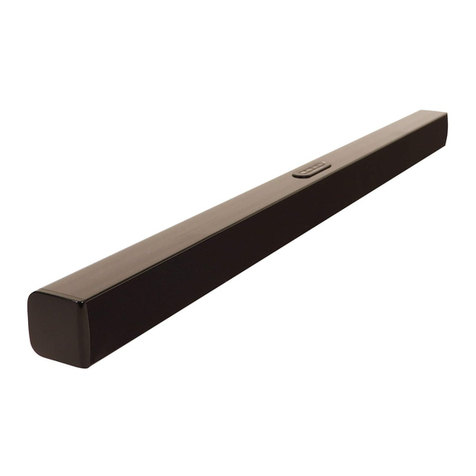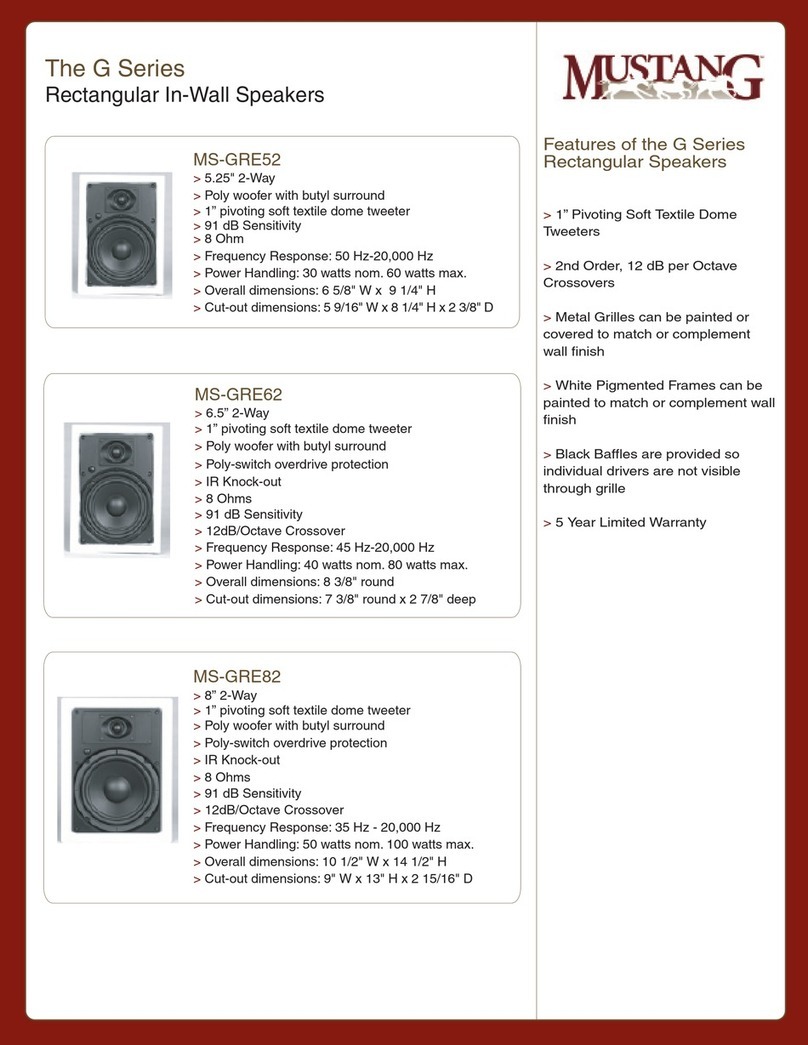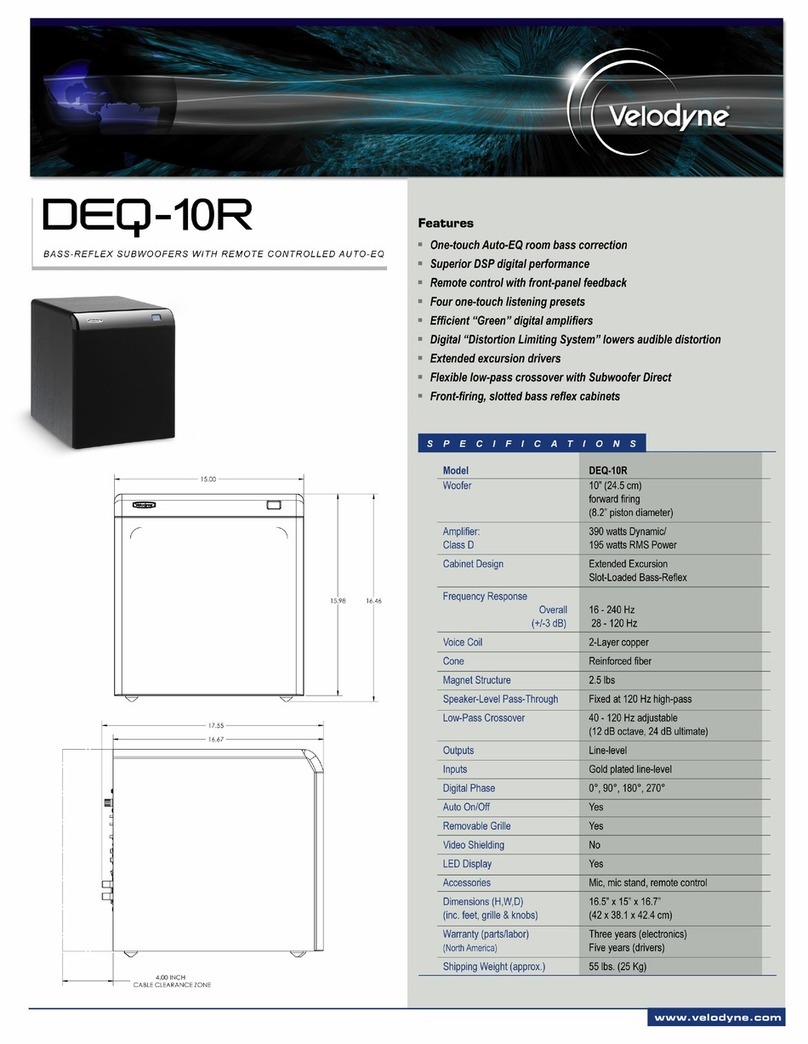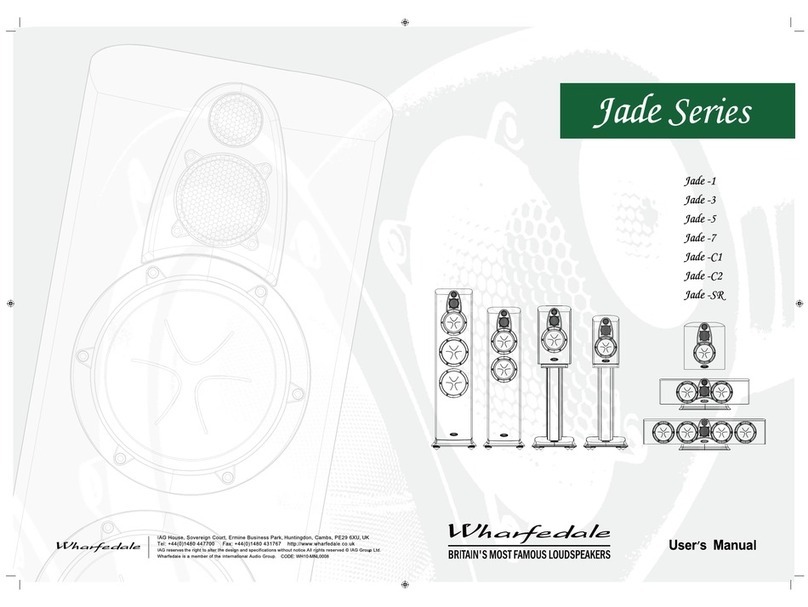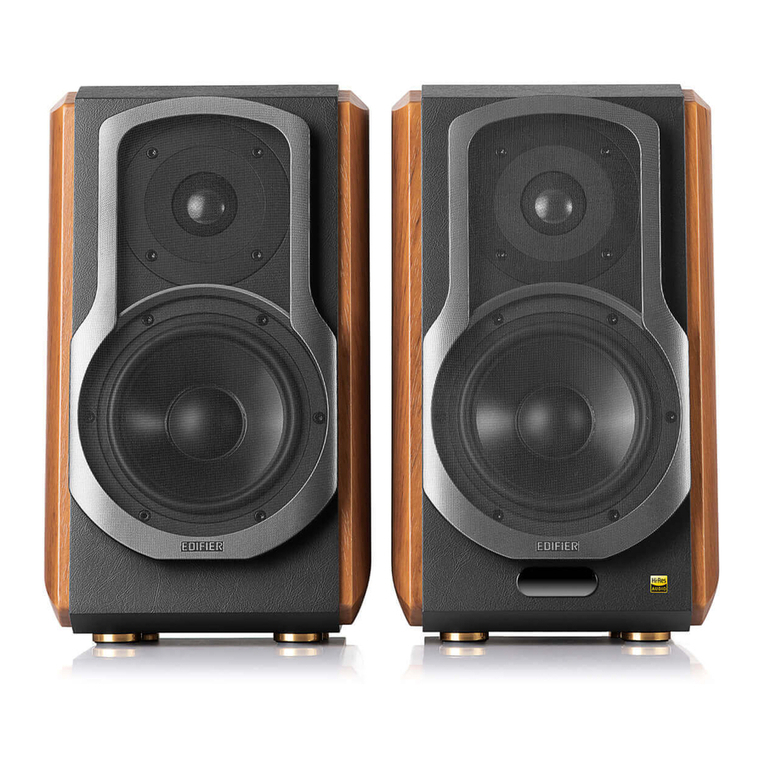
Page
2
of
27
M-C12 User Manual
v2 November 2019
Contents
DECLARATION OF CONFORMITY ................................................................................................................4!
1.0 - Introduction ............................................................................................................................................. 5!
Unpacking.......................................................................................................................................................5!
2.0 – M-C12 & Accessories............................................................................................................................6!
M-C12 ..............................................................................................................................................................6!
FC-MC12 .........................................................................................................................................................6!
IB-MC12 ..........................................................................................................................................................6!
2.1 – Rotating the HF waveguide..........................................................................................................7!
3.0 – Simulation................................................................................................................................................. 8!
Ease Focus 3 ................................................................................................................................................. 8!
4.0 - Safety Considerations..........................................................................................................................9!
General Considerations in use................................................................................................................ 9!
Personal Injury.........................................................................................................................................9!
Stand Mounting.......................................................................................................................................9!
Ground Stacking................................................................................................................................... 10!
Rigging and Suspension.................................................................................................................... 10!
Secondary Safeties.................................................................................................................................. 11!
Safety Inspections................................................................................................................................... 11!
Material Damage from Magnetism ................................................................................................ 11!
5.0 – Rigging & Mounting Options .......................................................................................................... 12!
5.1 – M-C12 Cabinet Overview............................................................................................................. 12!
5.2 – Using the FC-MC12........................................................................................................................ 13!
5.3 – Using the M-C12 on a loudspeaker stand............................................................................. 13!
5.4 – Using the IB-MC12......................................................................................................................... 14!
6.0 – Powering the System........................................................................................................................ 15!
6.1 - Amplifier and Processing Requirements............................................................................... 15!
6.1.1 - Connections............................................................................................................................. 15!
6.1.3 – Amplifier Requirements ...................................................................................................... 16!
6.1.4 – Processing Requirements................................................................................................... 16!
6.2 - Presets and Settings .................................................................................................................... 17!
6.2.1 – Standard M-C12 Preset ....................................................................................................... 17!
6.2.2 - Geometric Delay..................................................................................................................... 17!




















